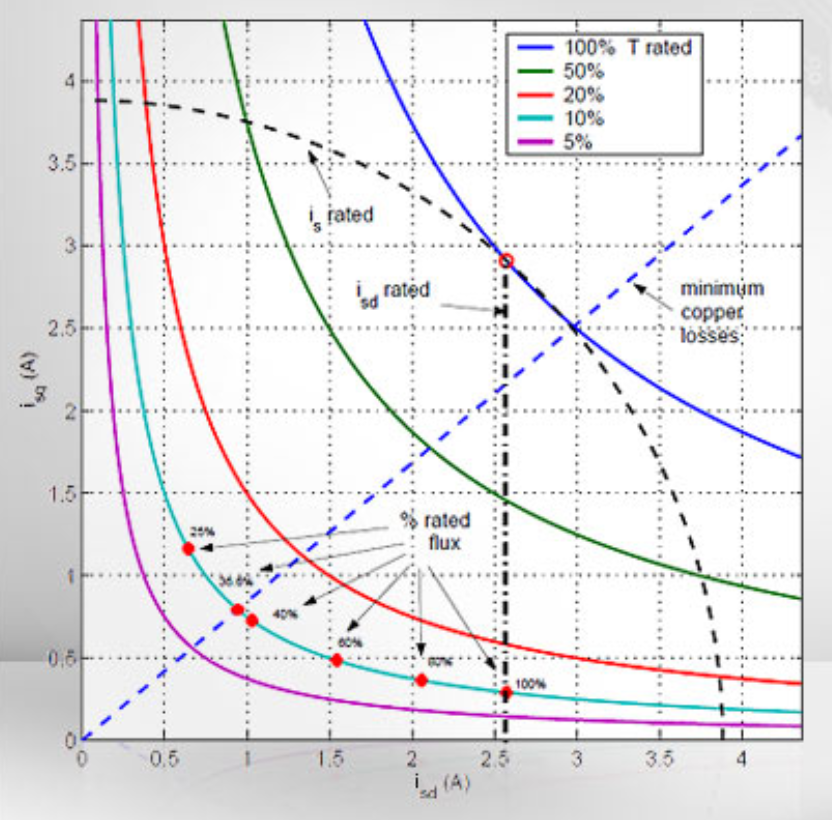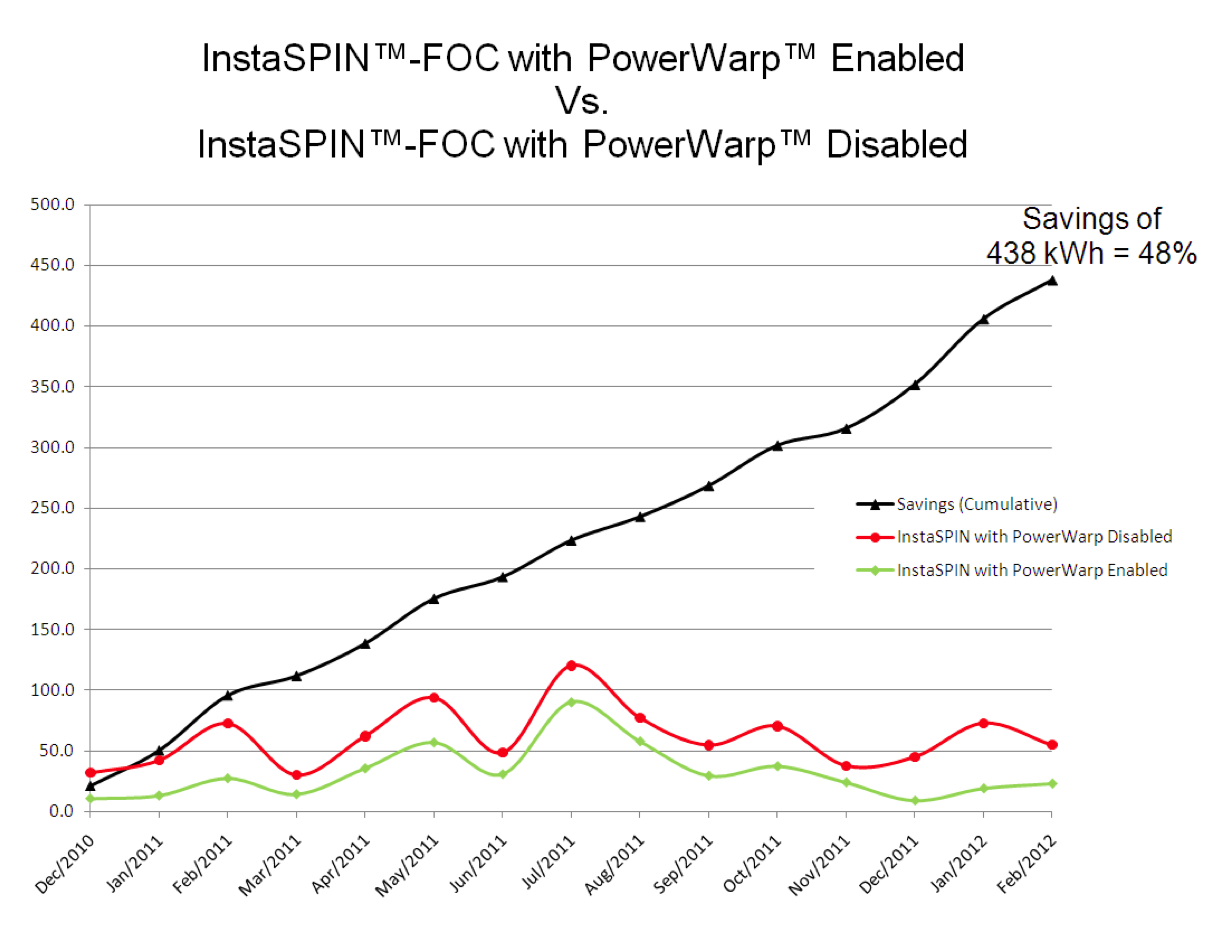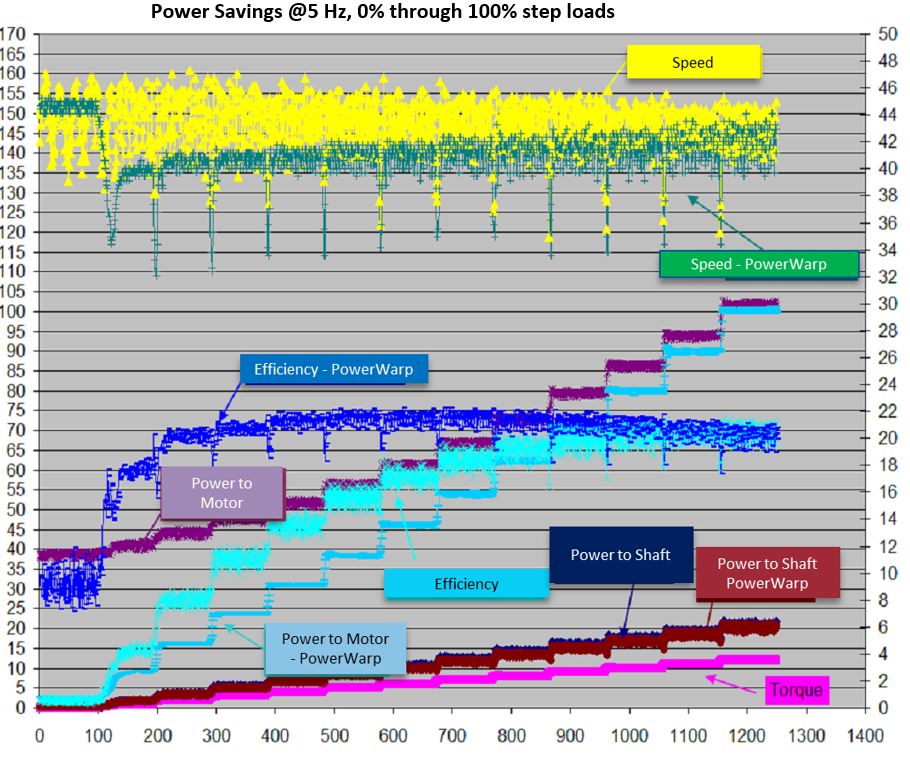Optimising the efficiency of electric motors
Low Power Consumption is the Key
Many electric motors consume more current than necessary just because they do not operate within their optimum efficiency range. Field-oriented control (FOC) is ideally suited to solve this problem by enabling precise control based on torque and speed.
By Michael Seidl, Business Development Manager, Texas Instruments
In order to keep system costs under control, sensorless solutions gain much of the attention. Significantly easing the entry into the world of sensorless FOC, Texas Instruments introduced a solution combining InstaSpin-FOC with the FAST software encoder algorithm. Eliminating the disadvantages of conventional sensorless FOC approaches and the cost of mechanical sensors, the new solution increases the efficiency of electric motors and drives.
Environmental compatibility - and energy efficiency in particular - are important aspects requiring increasing consideration by designers of electric motors. According to the Fraunhofer Institute for System and Innovation Research, 40% of the world’s electricity consumption can be attributed to electric motors and their accompanying systems. In addition, these devices are responsible for six billion tons of the world’s CO2 emissions. These figures do not even include the consumption of smaller motors used in household appliances, including pumps in dishwashers or washing machines or fans in exhaust hoods and toilets.
According to the Fraunhofer Institute, 127PJ (35TWh) of electricity will be consumed by large household appliances (e. g. washing machines) in Germany in 2015. Circulation pumps for heating systems will amount to an additional 26PJ (7.2TWh). For the industry, commerce and service segments, the institute forecasts a consumption of 106PJ (29.4TWh) only for cooling appliances, air conditioning systems, computer centres, and circulation pumps, representing a third of the entire electricity consumption in this segment. It goes on to say, the current consumption of these devices could be reduced by 30-40% by 2030 just by using efficient motors and drives, optimised system designs and smaller motors.
Motors are Often Too Large
Size is another factor influencing the environmental-friendliness of a motor. Smaller motors can be manufactured with less material and can be recycled more easily. Being designed too large, many motors operate in the partial load range today. The efficiency and power factor of a motor decrease with their degree of utilisation. The NRW Energy Agency estimates the following figures in the production segment:

Furthermore, the Swiss Energy Efficiency Agency criticises small motors in household appliances and pumps for being oversized. According to the agency, most motors in circulation pumps are oversized by a factor of three, with similar figures in small compressors and compact fans.
European Commission Introduces Stricter Regulations for Electric Motors
Economic factors (electricity costs) are not the only reason why manufacturers and users of electric motors need to use energy-efficient systems. Instead, it is also necessary to adhere to the minimum requirements regarding the energy efficiency of electric motors introduced by the EU Commission based on the EU Eco-Design Directive. The requirements defined in the EU Regulation 640/2009 regarding the eco-friendly design of electric motors will be introduced step-by-step until 2016.
This regulation is applicable to 60/60Hz asynchronous motors from 0.75-375kW. This regulation mandates that motors belonging to the efficiency class IE2 may only be operated with an inverter in this power range as of 2015. This regulation will be extended to motors of 0.75-7.5kW as of 2017.
The Solution: Field-Oriented Control
Field-oriented control (FOC) is a solution enabling electric motors to be operated more efficiently. Advantages of the FOC approach include the fact that motors can be operated at their optimum torque and speed at any time. Improved dynamics also enable rapid, precise speed-control characteristics. This is important for transitions between different program steps in washing machines as well as for pumps. Furthermore, reduced torque variations let the motor run more smoothly during normal operation and during their start-up and stop phases.
A drawback of the FOC approach is that a mechanical sensor is required. However, replacing this sensor with a software encoder results in two drawbacks:
- Increased complexity,
- Potential performance penalties especially at low speeds.
As another drawback, FOC is quite sensitive to parameter variations including thermally induced changes of resistor values.
Optimised Efficiency for Any Kind of Electric Motor
InstaSPIN-FOC was developed by Texas Instruments as a technology for eliminating the drawbacks of sensorless controls or at least reducing them to a negligible level. Combined with the FAST software sensor algorithm (Flux – Angle – Speed – Torque) and the C2000 Piccolo microcontroller (MCU), it enables designers to tune 3-phase asynchronous or synchronous motors of any kind within minutes and to control them across different speed ranges and load levels.
InstaSPIN-FOC offers many advantages over traditional techniques, including the Luenberger observer or the Sliding Mode Observer (SMO). For instance, it enables the design of robust, low-speed/high-torque motors for compact, low-noise direct drives suitable for e-bikes. Making precise estimations of magnetic flux, rotor angle, speed and torque in any situation, the FAST observer algorithm often can dispense with the need for physical rotary encoders.
Another aspect of the solution provided by Texas Instruments positively affects the energy consumption: The angle information is maintained even far below 1Hz (typical) at full torque, when the direction of rotation is reversed or when the motor is stalled (combined with a straightforward removal of the stall condition).
Eliminating the start-up problems of motors also has a positive influence on energy consumption. Built-in start-up modes provided by InstaSPIN-FOC ensure that the rotor angle is determined within less than one electrical cycle, ultimately resulting in optimised efficiency for any kind of drives when using the FAST encoder.
Increase the Efficiency of AC Induction Motors with PowerWarp

PowerWarp drastically improves the efficiency of induction motors under low-load conditions. The control system is stabilised by dynamically adapting the dynamic torque and speed profile.
The efficiency of AC induction motors can be increased even further using Power Warp. This type of motor accounts for approximately 80% of the energy consumed by industrial motors. A lot of energy can be saved by using InstaSpin-FOC and PowerWarp in these scenarios.
Especially at low loads, dramatic efficiency improvements can be achieved using PowerWarp. In order to keep the control system stable, PowerWarp balances the dynamic torque and speed profile. This is based on a reduction of the copper losses in the motor’s stator and rotor.
Practical experience at Texas Instruments has shown that energy savings of up to 80% are possible if InstaSpin-FOC and PowerWarp are used. These savings will particularly be achieved in the partial-load range, while improvements are lower at full load. Nonetheless, significant savings are enabled by PowerWarp because most motors rarely operate under full-load conditions.
Energy savings achieved by using PowerWarp for an AC induction motor featuring a torque of 1.04Nm at 208-230V and 1.3-14A and a maximum speed of 1,725rpm.
AC induction motors are very popular because of their high robustness, longevity, the independence of rare earths, lower costs and the fact that this technology is familiar to many designers. Thanks to PowerWarp, it will not be necessary to replace this type of motor by other models if energy costs will continue to rise and politics will further increase its pressure towards efficiency improvements.
Less Material Required
Environmentally friendly electric motors and drives not only provide optimum efficiency and reduced electricity consumption. Traditional sensor-based FOC motor controllers using mechanical sensors instead of FAST software sensors rely on more complex cabling especially if the control unit is located farther away from the motor. Complex shielded wiring is then required in order to eliminate interference including noise.
Environmental performance is also degraded by the fact that sensors in conventional sensor-based FOC implementations often rely on a separate power supply, resulting in cost increases and increased failure susceptibility.
Conclusion: Energy-Efficient Motors Based on Sensorless FOC Motor Control
InstaSpin-FOC and the FAST software encoder algorithm offered by Texas Instruments provide designers and users of electric motors with a sensorless field-oriented control solution eliminating the drawbacks of conventional sensorless FOC approaches. Enabling the design of highly efficient, energy-saving and compact electric motors, TI’s sensorless field-oriented control solution results in reduced copper losses and optimised torque.

The positive effect of PowerWarp on the energy consumption is obvious.
Furthermore, PowerWarp yields significant additional savings in applications based on induction motors. This, in turn, paves the way for highly efficient, future-proof electrical drive concepts.









